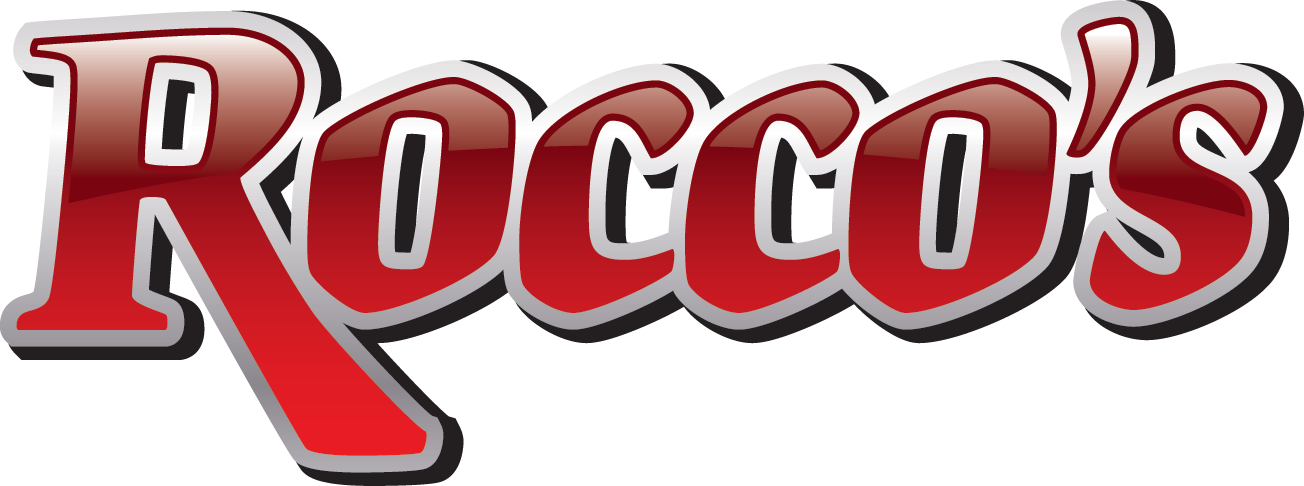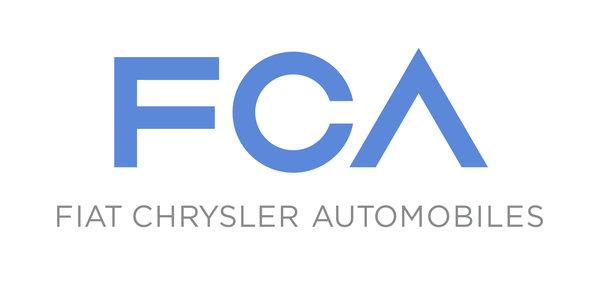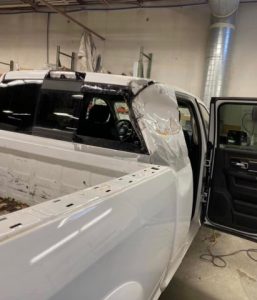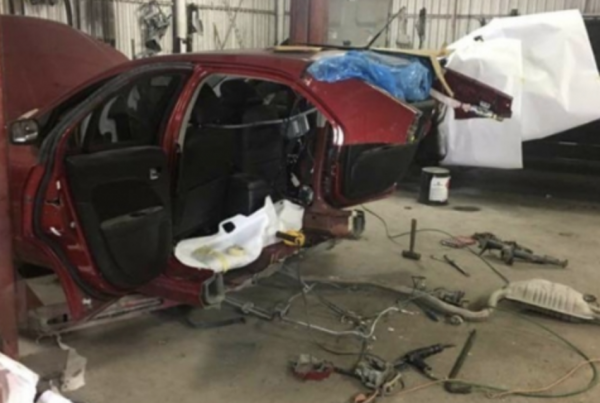If you require any surgery, how important is it to you that your surgeon would know exactly what to do before operating? Now, how would you feel if this surgeon began working on you without a plan and just out of “experience?” That can be a bit unnerving and make you question a lot of things…and you would be right to feel that way.
Unfortunately, this is the world we live in when it comes to collision repair, especially if you don’t go to a body shop that knows the importance of looking up the latest repair procedures released by the car’s manufacturer. Believe it or not, this type of careless repair happens more than you’d think. You must take your vehicle to be repaired somewhere that knows how to perform repairs the right way, or there could be severe consequences that even put your safety at risk.
All manufacturers, including Chrysler, create repair procedures for specific areas needing a repair on your car. An auto repair technician can choose to follow these procedures or get right to work like the surgeon in the above scenario, feeling their “experience” will suffice. There’s no legal requirement that tells technicians they must repair your car a certain way. They can do whatever they want and give you an unsafe repair, depending on where you go.
We at Rocco’s Collision Center don’t expect any of our customers to study and understand all of these procedures, like the latest repair procedures for any Chrysler vehicle. However, we want you to feel confident that we’re constantly researching them so we can provide you with the quality and safe repair that you deserve. Not all body shops do this, but we do because your safety is our number one priority.
So, what does Chrysler have to say about removing metal, sectioning, cutting, and welding?
This past November, FCA’s advanced body development and collision repair manager Dan Black demonstrated how sectioning locations could be found in the OEM repair procedures. During the presentation, Black showed the below diagram detailing different sectioning locations on a 2017 Chrysler Pacifica:

According to Mr. Black during the SCRS Collision Repair Technology Summit, “all those are identified in areas or specific spots where they must be sectioned, but also more important, where not to section.” The items that need replacement solely at factory seams are “clearly identified,” he said.
In addition, “the described sectioning locations only explain joint location and type. All other welds along the sectioned portion of the component must be replaced,” it states. “Squeeze Type Resistance Spot Welding (STRSW) is the method to be used. If accessibility prevents application of spot welds, MIG plug welds are to be used. Welding of structural panels through 3 or more tiers of panel stack-ups will require 9.5 mm. plug welds. Exterior panels should be installed using 6 mm plug welds.”
If these repair guidelines created specifically for auto repair technicians to follow are ignored, which are laid out by FCA (Fiat Chrysler Automobiles) specifically, then it can cause an illegitimate repair. As a result, your safety would at risk since your car wouldn’t be able to provide you with the same level of protection in another accident. Your car would be an open target that would crumble upon the next impact.
You might be wondering why this is, especially when modern vehicles are supposed to be safer than ever. You see, modern cars are a unique combination of different materials. Sectioning and welding on any car can turn your vehicle into a moving death trap if a technician combines the wrong materials in the process. Let alone if they ignore the best practices laid out by your car’s manufacturer (also referred to as OEM repairs). This happens more often than you’d think, which is why it’s critical you research your local body shops to ensure your car receives the proper, correct, and safest repair.
FCA Requirements On Sectioning Repairs
A sectioning repair is exactly how it sounds: part of your car is removed and either replaced with a new piece or welded back on, based on what the OEM calls for. One of the most critical aspects of sectioning repair is knowing the exact areas where to section and where not.
FCA not only stated how critical it is for shops to follow these repair procedures. Mr. Black also said during the November presentation:
“If cut at a different location, that repair, we cannot speak for how it will perform.”
Although these repair guidelines are specific to a 2017 Chrysler Pacifica, each vehicle has its own unique set of OEM repairs. However, it’s up to the shop and the technicians receiving the necessary training to be capable of performing these types of repairs. Any auto body shop can make your car look good as new, but that doesn’t mean your vehicle has been fully repaired everywhere the manufacturer outlines. The biggest difference between a good body shop from any other body shop is highly-trained technicians who take the time to repair your car the right way. That is what makes all the difference in the world in a genuinely safe repair.
Take a look at the below diagram. It shows a frame rail on a 2017 Chrystal Pacifica. The red areas are the areas on the car that cannot be sectioned. The other inner bodyside parts would need to be replaced entirely as a whole and not sectioned. We’re showing this diagram as an example of what a technician should/would pay attention to when repairing your vehicle.

We want Pennsylvania drivers to feel confident in taking their Chrysler vehicle somewhere that will take the time that’s needed to make sure your car is repaired safely and properly because that’s what you deserve. A safe, quality repair could mean the difference between your car still being able to keep you safe the way it was designed to or crumble to pieces as soon as it gets into a future collision. These repair procedures are released by the manufacturer with your safety in mind and the best body shops know this.
Why trust us with your Chrysler auto repair:
Here at Rocco’s Collision Centers, we know how important it is to constantly be looking up what different manufacturers say about their latest repair requirements, like Chrysler and other vehicle brands. This makes us stand apart from other body shops because it takes a team of highly trained technicians to take this step and put your safety as their top priority instead of thinking their experience will be enough.
We know you have many choices when looking for a car repair shop, especially in the Philadelphia and Southern New Jersey areas. We aim to show you why we’re the best out there, why we’re the best out there, which is why we are dedicated to giving you the best repair possible for your car!
We have six different locations across Philadelphia and New Jersey. We invite you to see for yourself why Rocco’s is the best out there! Feel free to give us a call at anytime at (888)-9-ROCCOS. Or to schedule an appointment or to call any of our locations directly, click here.
We look forward to hearing from you!




